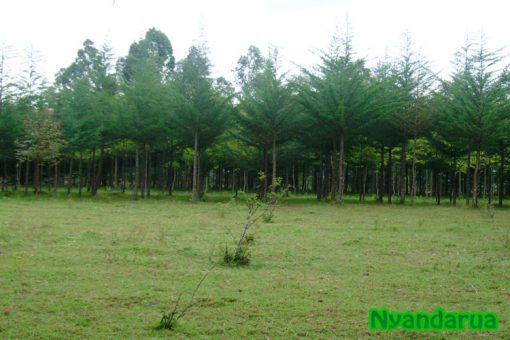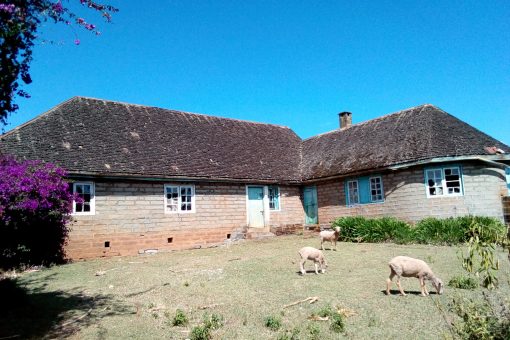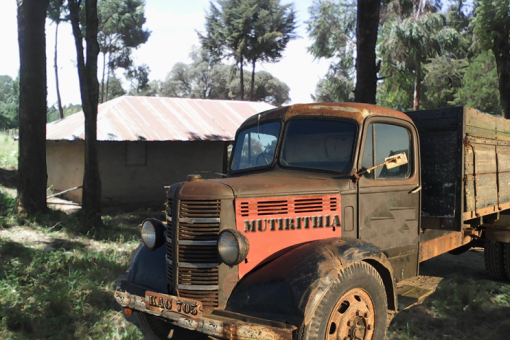Majority of farmers who bought land in Nyandarua were not wealthy people. They had just come from under colonial oppression that had limited their opportunities in education and advancement. Here they were now, young farmers who broke off from their Gikuyu roots and dared to make a new beginning for themselves and their children. All they had was Faith and hope. They hoped to work hard on their newly acquired land, sell their produce and make enough money to repay the government loans and have some money left over to raise their young families. With such on their minds, they did not want to invest their meager resources in the construction of fancy homes.
During the colonial days, when most of Nyandarua was owned by British colonists, there were families that “squatted” on the white Settlers’ land, providing the much needed labor to those colonial land owners. Those who did not squat on the Settlers land lived in villages (ichagi). Those villages had single family huts built closely to one another, forming a cluster of many families living very close to each other. Some Ichagi consisted of a hundred huts or more with multiple people living in each of them. There was no land for the natives, that is why they lived in those Ichagis.
The huts were constructed in the traditional way of the Gikuyu house. A round walled hut, plastered with mud on the walls and grass thatched roof. Families fancied up their huts by plastering the walls with some special soil called munyu. Livestock also loved licking munyu because it was rich in minerals. If there was no munyu available for plastering the walls, some families used cow dung mixed with ashes to plaster their walls. Whether with munyu, cow dung or ashes, this plastering made the huts look smooth and even, you did not see a trace of the mud, posts or limbs beneath the plaster.



